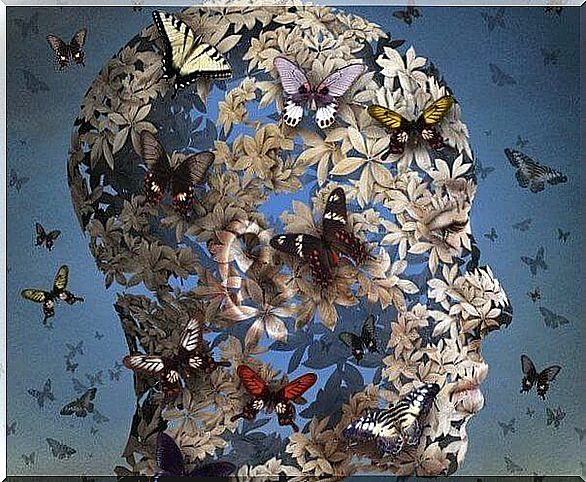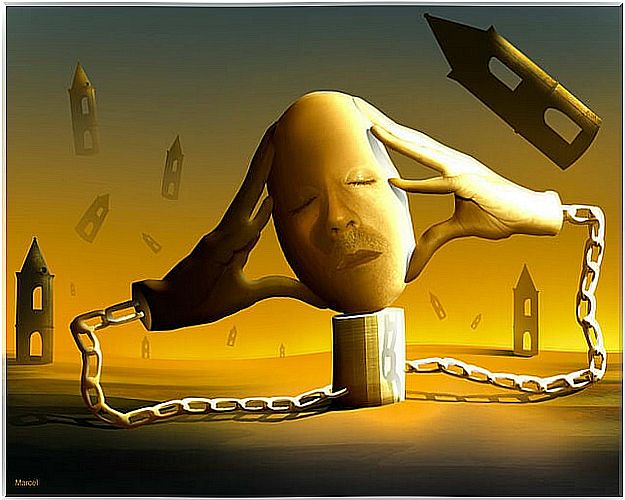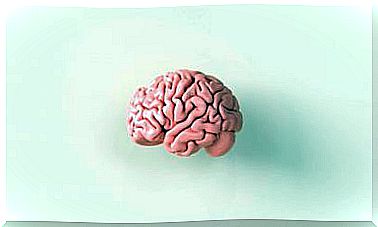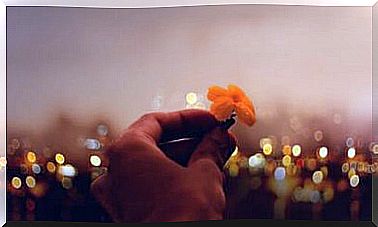Déjà Vu: How Can I Know That This Place Was Like This When I’ve Never Been?

It is not entirely true that paramnesia and the well-known déjà vu are the same, although many times we have used it as synonyms because the latter is very common. In fact, there are two modes of paramnesia, memory and recognition, déjà vu being a specific type of the latter.
When we eventually suffer from a recognition paramnesia (also related to cryptocurrency), what we certainly experience is an alteration or distortion of the experience of the events: déjà vu , jamais vu, déjà senti …
Déjà vu : I’ve already lived this
The phenomenon of déjà vu is identified with the feeling that we have already had an experience or have lived something before. In fact, the term, which comes from French, means ‘already seen’ and makes us believe a non-real perception is true, since it is totally new.

However, when we experience déjà vu we know that something strange happens: have I experienced this before? Some studies have tried to explain the reason for these misperceptions, coming to formulate different theories.
Why do déjà vu and similar processes occur?
Between the late nineteenth and early twentieth centuries, psychoanalysis was one of the first psychological currents that tried to explain this mental phenomenon. In fact, two figures of the drafts of Sigmund Freud and Carl Jung contributed their explanation for déjà vu : the first attributed it to repressed desires and the second to alterations of the collective unconscious.
However, today studies have turned towards the cognitive processes of the human brain and memory abnormalities:
- : an electrical discharge is produced in the hippocampus or in the middle temporal lobe that gives rise to the phenomenon, something that justifies that someone who suffers from epilepsy has it before an attack.
- : the subconscious activates something that we have already imagined in the past, for example in a dream, or seen somewhere, like a movie.
- : memory consists of two systems and when déjà vu occurs they get out of sync. In this case, only the familiarity system would be activated, but not the information retrieval system.
- : the memories we have are deposited in so-called holograms. The déjà vu is when memory has come to them and forms a scene from a detail recovered.

Types of déjà vu
As we have seen, déjà vu paramnesia is closely related to memory. These “singular memories” can be experienced by all of us, although experts place the incidence much higher in young people between 15 and 25 years old.
- : The great part of déjà vu that we can experience in our life belongs to this type. It is described above as “already lived” without being true.
- in Spanish, ‘never seen’. It is the opposite circumstance to déjà vu , since it occurs when we have the feeling of being uncomfortable with an experience that we do not remember having lived.
- : in Spanish, ‘already felt’. It can happen especially to epileptic people who suffer from damage to the temporal lobe: they experience only a false recognition of sensations that are believed to be already felt.
- It consists of having memories that seem true about a place where we are and where we have never been. Specific details of that place seem to be remembered without ever having seen it before.
- ‘already experienced’. It is something like living several types of paramnesia of this type at the same time, because whoever suffers it feels that the whole experience (with images, smells, noises, etc.) is totally familiar.









